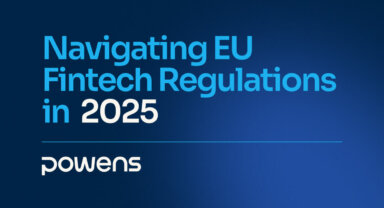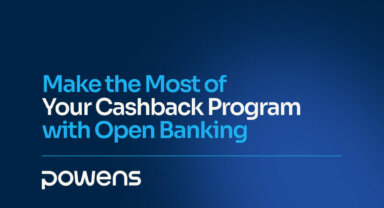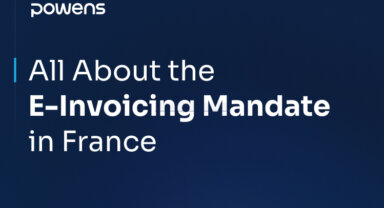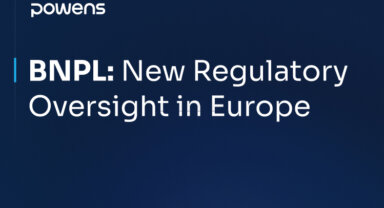Open Banking and Open Finance are two groundbreaking concepts in the financial industry that have been transforming the way financial data and services are accessed and shared. Although both aim to enhance financial inclusivity, innovation, and consumer choice, they differ significantly in scope, application, and potential impact on the financial ecosystem. This article delves into the nuances of Open Banking and Open Finance, highlighting their differences and exploring how they are reshaping the future of finance.
Open Banking: The Gateway to Financial Data Sharing
Open Banking is a financial services concept that allows third-party developers to access consumer banking, transaction, and other financial data from banks and non-bank financial institutions using application programming interfaces (APIs). It emerged as a response to the need for more competition and innovation in the financial services sector, with the goal of providing consumers with more options, better services, and enhanced control over their financial data.
The core principle behind Open Banking is that the data belongs to the consumers, not the banks. It empowers consumers to share their financial data with authorized third-party providers (TPPs) securely and in real-time, paving the way for the development of new financial services and apps. These services range from comparison sites for finding the best banking products to personal finance management tools that offer tailored financial advice.
Regulations play a crucial role in the Open Banking ecosystem. Initiatives like the European Union’s Payment Services Directive 2 (PSD2) and the UK’s Open Banking Standard have set the legal framework, ensuring that data sharing is done securely, with consumer consent at its heart.
Open Finance: Expanding the Horizons Beyond Banking
Open Finance extends the principles of Open Banking to a broader range of financial services, including savings, pensions, insurance, and more. It represents a more holistic approach to financial data sharing, aiming to create a more integrated and accessible financial market for consumers.
The vision of Open Finance is to enable consumers to have a comprehensive view and control over their entire financial life. By granting secure access to a wider range of their financial data, consumers can benefit from more personalized financial services. For example, with Open Finance, a financial advisor could offer more tailored advice based on a complete picture of an individual’s financial situation, or consumers could access more competitive insurance products based on their entire financial history.
Open Finance relies on the same technological foundation as Open Banking—APIs—but requires a broader regulatory framework and industry collaboration. The challenge lies in extending standardization and data sharing practices beyond banking to other sectors of the financial industry, which may have different regulatory environments and data standards.
The Differences Between Open Banking and Open Finance
The main difference between Open Banking and Open Finance lies in their scope. While Open Banking is primarily focused on banking data, Open Finance encompasses a wider range of financial services. This broader scope of Open Finance has the potential to offer greater benefits in terms of financial inclusivity and personalized services but also presents more significant challenges in terms of implementation and regulation.
Another key difference is in their current stage of development and adoption. Open Banking is further along, with several countries already having established regulatory frameworks and operational ecosystems. In contrast, Open Finance is still in its infancy, with discussions around regulatory frameworks and standards ongoing.
The Impact on the Financial Ecosystem
Both Open Banking and Open Finance are poised to have a profound impact on the financial ecosystem. They promise to increase competition among service providers, leading to more innovative services and better consumer experiences. They also aim to enhance financial inclusion by providing consumers with more control over their financial data and access to a wider range of financial services tailored to their needs.
However, these initiatives also raise important considerations around data privacy, security, and consumer protection. Ensuring that consumers’ financial data is shared and used in a secure and ethical manner is paramount for the success of both Open Banking and Open Finance.
The takeaways
Open Banking and Open Finance represent significant steps forward in the evolution of the financial services industry. By facilitating secure and consented data sharing, they offer the promise of more personalized, competitive, and inclusive financial services. While Open Banking has laid the groundwork, Open Finance aims to broaden the horizon, offering even greater possibilities for consumers to manage and benefit from their financial data. As these concepts continue to develop, they will undoubtedly continue to transform the financial landscape, making it more accessible, efficient, and consumer-centric.
L’Open Banking et l’Open Finance sont deux concepts révolutionnaires dans le secteur financier qui transforment la manière dont les données financières et les services sont accessibles et partagés. Bien que tous deux visent à améliorer l’inclusion financière, l’innovation et le choix des consommateurs, ils diffèrent significativement en termes de portée, d’application et d’impact potentiel sur l’écosystème financier. Cet article explore les nuances de l’Open Banking et de l’Open Finance, en soulignant leurs différences et en examinant comment ils redéfinissent l’avenir de la finance.
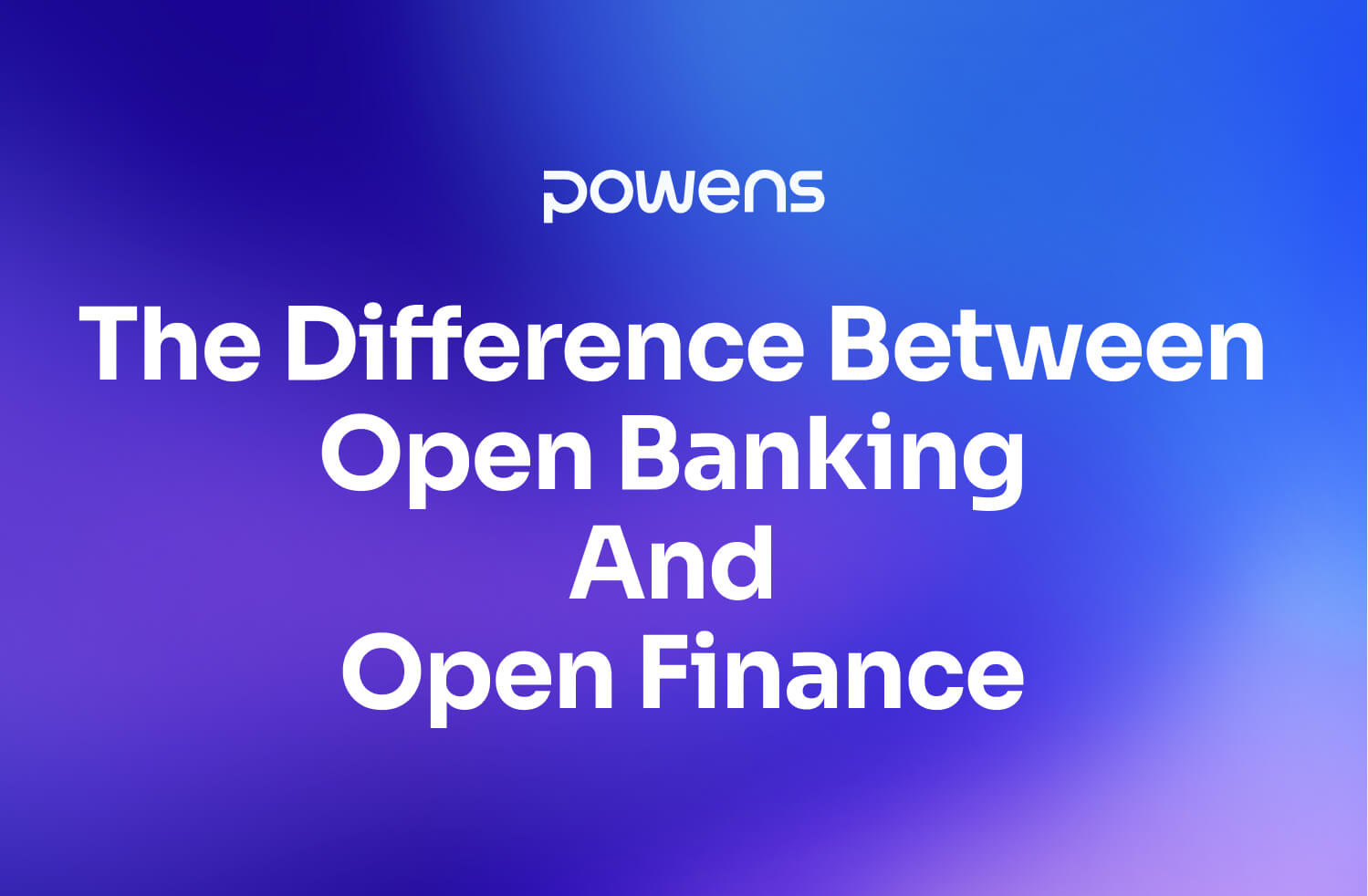
 Nov 05, 2023
Nov 05, 2023 



